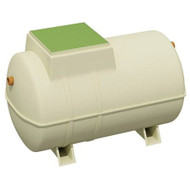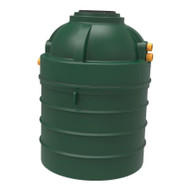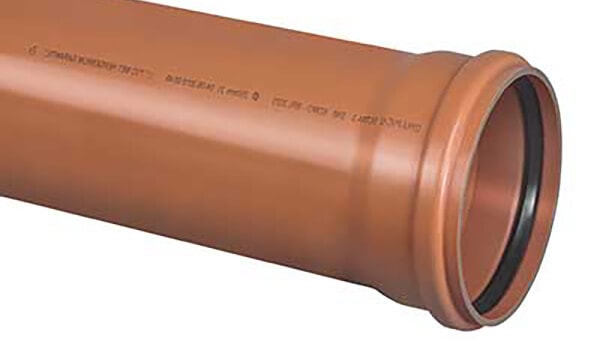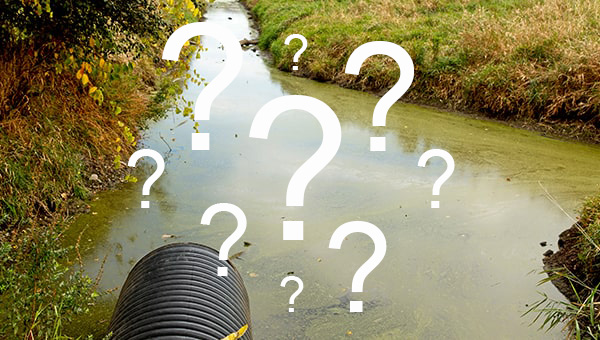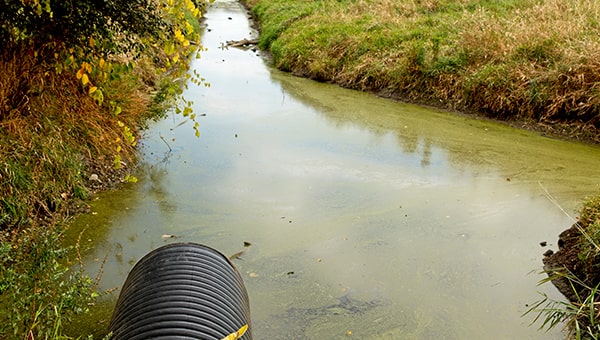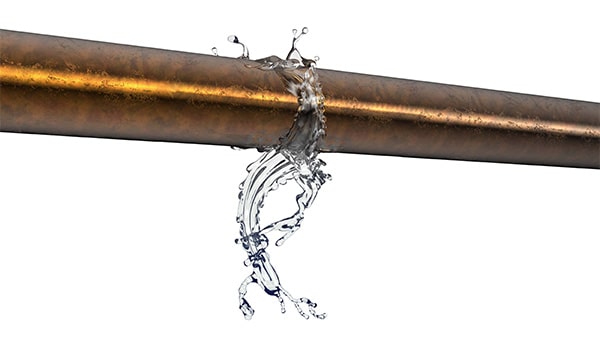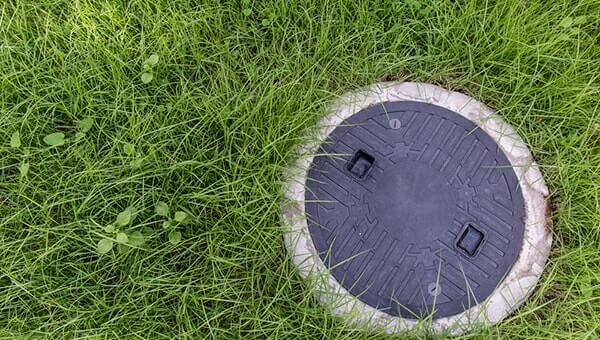
Handling foul water is an important part of construction and, in some cases, discharging waste into a mains sewer isn't possible. In these scenarios a sewage treatment plant or septic tank is used to store waste as part of a foul water system.
Where an existing septic tank system discharges directly into a watercourse (a ditch, stream, canal, river or surface water drain) new legislation intended to address polluted watercourses in England came into force from January 2020.
Who is affected by this new legislation?
The new legislation affects properties in England that have septic tanks that discharge directly into a watercourse. Systems that have a functional drainage field where effluent doesn't leach into a watercourse, or have a sewage treatment plant instead of a septic tank, are not affected.
Is there a deadline to change to a treatment plant?
There is no definitive deadline to be compliant with the updated General Binding Rules. Previous government advice gave homeowners until 1st January 2020 or when the property was sold, whichever was soonest, to make sure their foul water system was compliant.
The updated advice, as of December 2019, is for homeowners to replace or upgrade their drainage either when they sell their property or as soon as possible.
When you buy or sell a property
If a drainage search reveals the septic tank discharges directly into a watercourse the responsibility and cost to replace or upgrade the system to be compliant is decided between the buyer and seller.
If the buyer accepts responsibility the system must be compliant as soon as possible after the sale; if the seller accepts responsibility the system must be compliant before the property is sold.
When is "as soon as possible"?
If you discover your septic tank system discharges directly into a watercourse, or you receive a notice from the Environment Agency, you have a legal responsibility to replace or upgrade the system.
Ultimately the Environment Agency determines the deadline to which the system must be compliant and can depend on the pollution level. It is suggested that 12 months is a typical time frame to perform the work required.
You’ll need to determine how to be compliant with the new legislation: you’ll either have to upgrade the system so that it discharges into a drainage field, which can be the cheapest and easiest option but there are restrictions as to where you can put these, or to replace the system with a sewage treatment plant that provides clean effluent discharge.
Upgrade the system to a drainage field
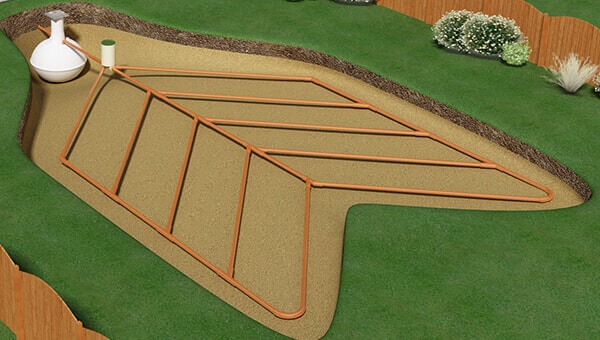
The new legislation takes issue with discharging septic tank waste into a watercourse and not the septic tank itself, therefore, you could keep your tank and discharge the waste into a drainage field instead.
You’ll need to consider the requirements for a drainage field and whether it is suitable for your property. We’ve written a guide to sizing a septic drainage field which includes all the details, but to summarise, drainage fields must be a minimum of 10m from a watercourse, 50m from a water abstraction point, and 15m from a building.
This process usually involves stopping and diverting discharge into new pipework and a system designed and constructed to be in compliance with Building Regulations Part H or BS 6297.
You might also need to apply for a permit from the Environment Agency if the new drainage field is going to be in or near a designated sensitive area. Contact the Environment Agency if you’re not sure whether you’ll need a permit.
Sewage treatment plants
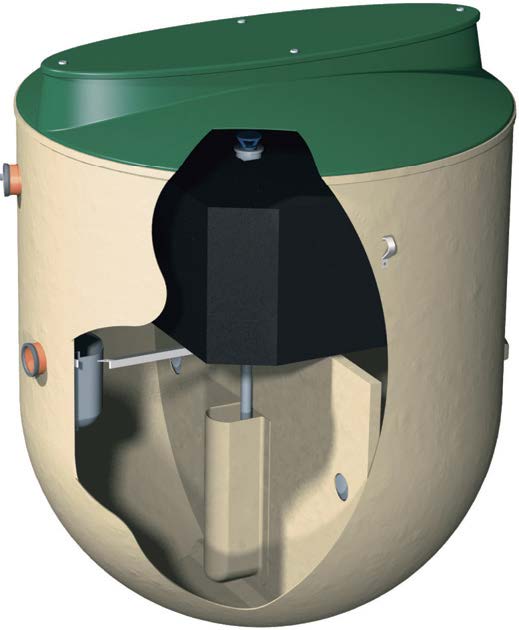
If you can’t install a drainage field, or you just don’t want to, you can replace your septic tank with a sewage treatment plant. Unlike a septic tank a sewage treatment plant uses processes that treats waste and produces non-polluting effluent — so clean you can drink it (but we'll let you go first) — so the system can still discharge into a watercourse even under the new rules.
The sewage treatment plant must have BS EN 12566-3 certification.
Other benefits of a sewage treatment plant include:
- Low maintenance
- Near-silent operation
- Improves resale value of property
- Low running costs
- Low energy consumption
- Better for the environment
- No nauseous smells or pollution to offend neighbours
Popular Sewage Treatment Plants
But one thing to bear in mind is power; sewage treatment plants need an uninterrupted power supply or need to be able to operate without power for up to 6 hours. Find out more about how sewage treatment plants work and how they differ to septic tanks.
Septic tank legislation for Scotland and Wales
Scotland = SEPA
Septic tanks and sewage treatment plants in Scotland must be registered with SEPA (Scottish Environment Protection Agency) for a sewage discharge and there is a small cost to register. For treatment systems that serve more than 9 properties a licence is required.
For more information visit SEPA's guidance on small scale sewage discharges or contact JDP.
Wales = NRW
You must register septic tanks and sewage treatment plants with NRW (National Resources Wales). In most cases registration is free but a licence is required for septic tanks servicing 13 or more people, a treatment plant that services 33 or more people, is sited close to a protected area, or within 50 metres of a borehole or well.
For more information visit NRW's septic tank and sewage treatment plant registration page or contact JDP.

